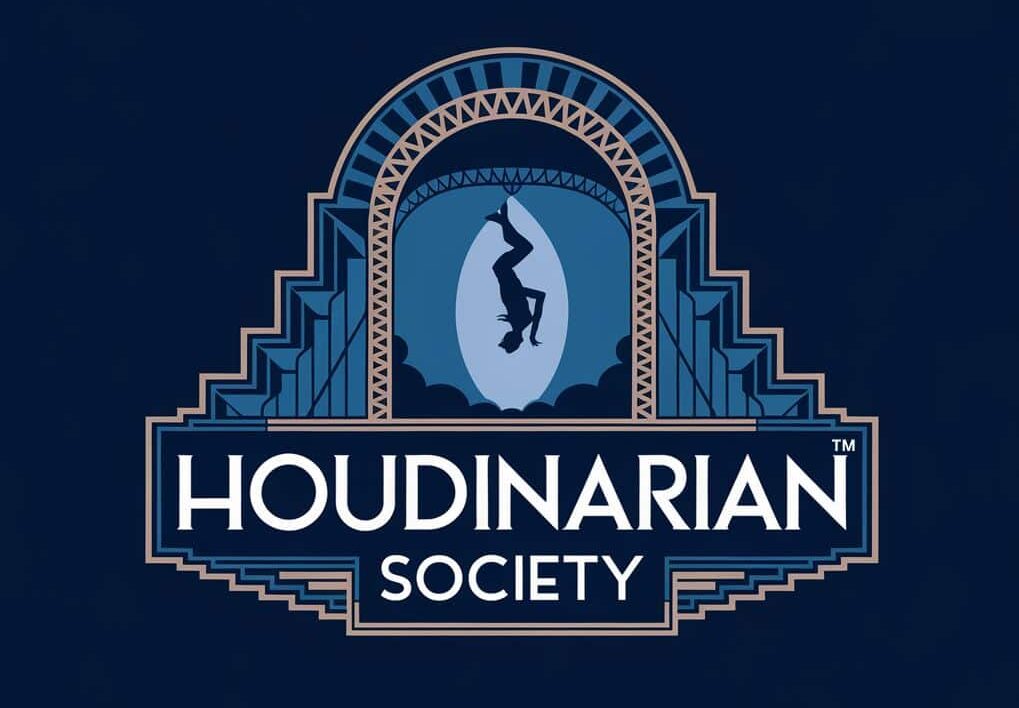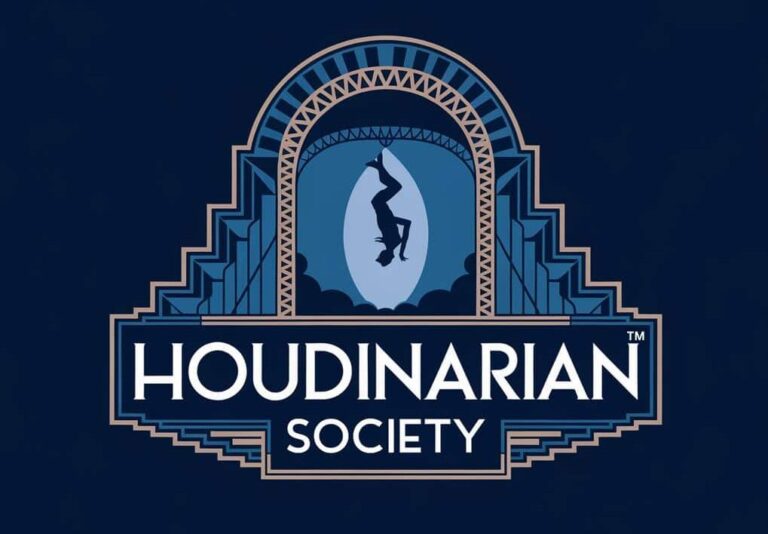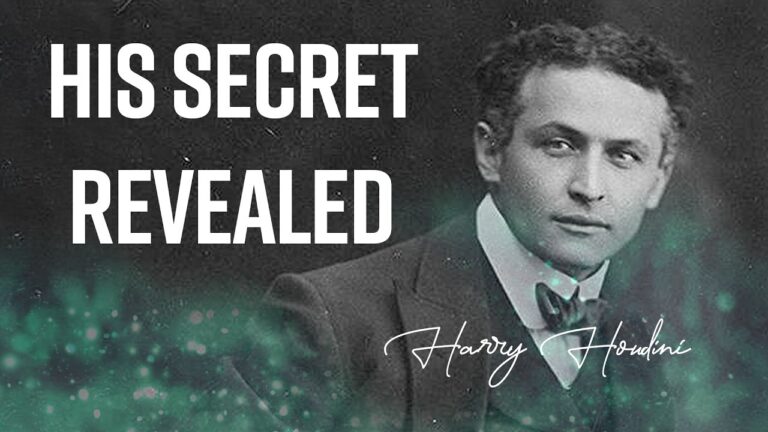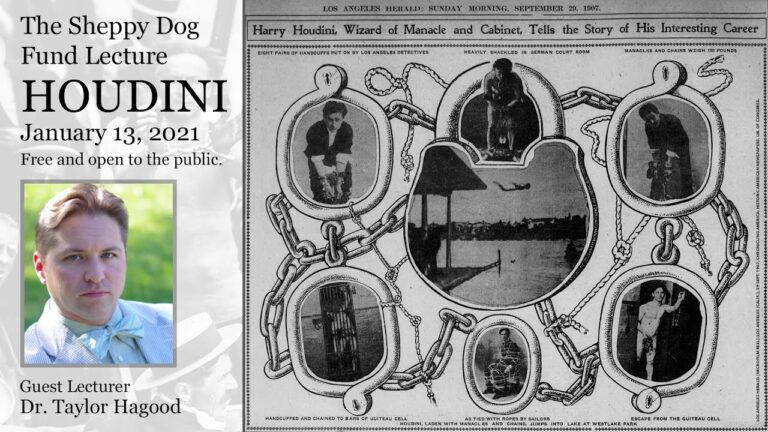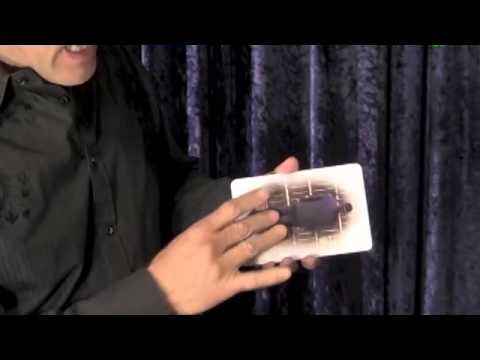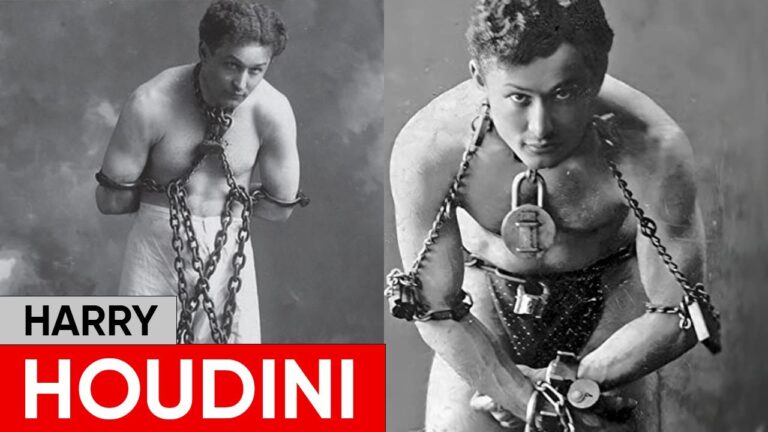Unveiling the Truth: Harry Houdini’s Life and Mysterious Death
Harry Houdini, a name synonymous with breaking out of impossible situations and surviving death-defying stunts, continues to fascinate audiences nearly a century after his death.
Born Ehrich Weiss in 1874, Houdini’s journey from poverty to becoming one of the most famous magicians in history is a tale of intelligence, reason, and meticulous preparation.
His acts, which included escaping from water-filled milk cans and being thrown chained off bridges, were not just feats of magic but also acts of extreme physical endurance.
This blog post delves into the life and legacy of Harry Houdini, exploring the man behind the magic and the myths that still surround him.
The Early Years: From Ehrich Weiss to Harry Houdini
Born into a Jewish-Hungarian family in Budapest, Ehrich Weiss immigrated with his family to Wisconsin at a young age.
His father struggled to make a living, and hardship was a constant companion in Ehrich’s childhood.
By the age of six, Ehrich was already practicing sleight of hand, and by seven, he was a regular performer at circuses.
The Prince of the Air
In 1883, at the age of nine, Ehrich set up an improvised circus with neighborhood boys and performed as a trapeze artist, crowning himself the *Prince of the Air*.
This early love for illusionism and tricks offered him a glimpse of freedom from the fate that awaited many young immigrants at the time.
The Birth of Harry Houdini
After moving to a New York slum, Ehrich’s fascination with magic grew stronger.
A friend introduced him to the memoirs of 19th-century French magician Jean-Eugène Robert-Houdin, considered the father of modern conjuring.
Ehrich added an *i* to Houdin’s name, becoming Harry Houdini, and adopted the first name Harry in homage to American magician Harry Kellar.
The Houdinis: A Family Affair
Harry Houdini set up a traveling circus with his younger brother, Theodore “Dash” Hardeen.
Their signature act, Metamorphosis, first performed at the 1893 Chicago World’s Fair, astonished crowds and brought them acclaim.
Within a year, Houdini married Wilhelmina Beatrice Rahner, or Bess, who became his new partner in magic and stage assistant for life.
The Rise to Fame
Experience as an apprentice locksmith gave Houdini the founding idea of his career.
He would alert the press upon arriving in a town, call a police station, and ask to be handcuffed and locked in a cell.
Within minutes, he would walk free, garnering significant media coverage that promoted the Houdinis’ shows.
International Acclaim
In 1899, entrepreneur Martin Beck offered Houdini a contract to perform in his theaters, providing him with a substantial income and new horizons.
By 1900, Houdini was performing in Britain, and by 1903, he had taken his act to Russia.
His popularity led to an avalanche of copycats and doubters, forcing him to push his limits continuously.
The Daredevil Acts
Starting in 1908, Houdini’s signature act involved being locked in a milk can full of water.
By 1912, he had replaced the milk can with the water torture cell, where he was bound in chains and submerged upside down.
These acts of daredevilry won Houdini star roles in early cinema, including the 1919 movie *The Grim Game*.
Conquering Fear
Houdini once said that his chief task was to conquer fear, undergoing *tortuous self-training* to avoid panic.
Biographers suggest that his extreme acts were driven by a desire to resolve the trauma of being a poor outsider and a target of anti-Semitic insults.
The Final Act
During the height of his career, in October 1926, Houdini was in Montréal to perform at McGill University.
A student asked about his abdominal strength and whether he could withstand punches.
When Houdini replied he could, the student punched him in the stomach, causing a great deal of pain.
Days later, on October 31, 1926, Houdini died in Detroit at age 52 from peritonitis caused by appendicitis.
The Legacy and Myths
Debate continues over whether the punch was fatal or if Houdini succumbed to an unrelated intestinal condition.
In his will, he left his effects and props to Dash, requesting they be burned upon Dash’s death.
Many myths have formed around Houdini, including a story popularized by Orson Welles that Houdini made the bells of the Kremlin ring by lifting his hand, despite Houdini’s hostility toward paranormal performances.
The Enduring Fascination
Nearly a century after his death, the aura of the supernatural still clings to Harry Houdini. His life and career remain a testament to the power of intelligence, reason, and meticulous preparation.
For those interested in learning more about this fascinating figure, the full story can be found in the article on National Geographic.
Contents
